How can you quickly understand the true condition of a house before making an offer, ensuring you avoid regrets and pitfalls in your home purchase? It's crucial to carefully review the red flags in the home inspection report. In this article, we’ll discuss the key red flags to focus on during the home buying process.
According to the American Society of Home Inspectors, twelve key areas should be covered during a home inspection, including the roof, foundation, structure, HVAC systems, and more.

When helping clients interpret inspection reports, I focus on five main red flag areas:
1. Water Damage: Though it might seem like a minor issue, water damage can secretly deteriorate a house’s foundation. For example, the two images below show leaks from bathrooms adjacent to the living room and master bedroom, with water seeping into the crawlspace. Persistent moisture in the crawlspace can lead to mold, rot, and significant structural instability.
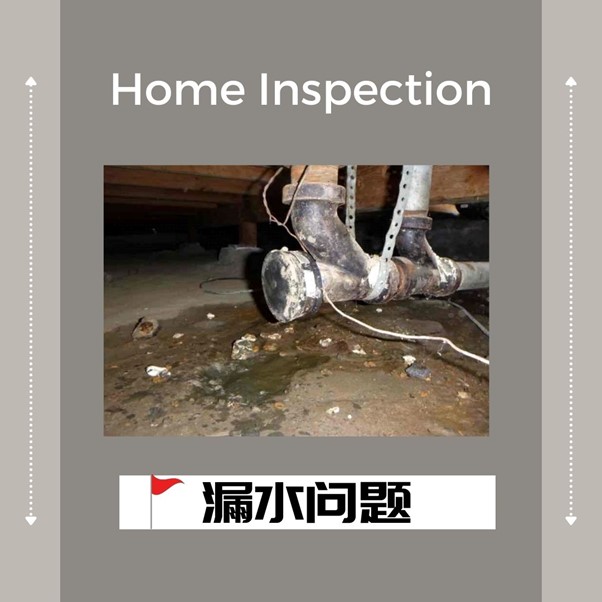
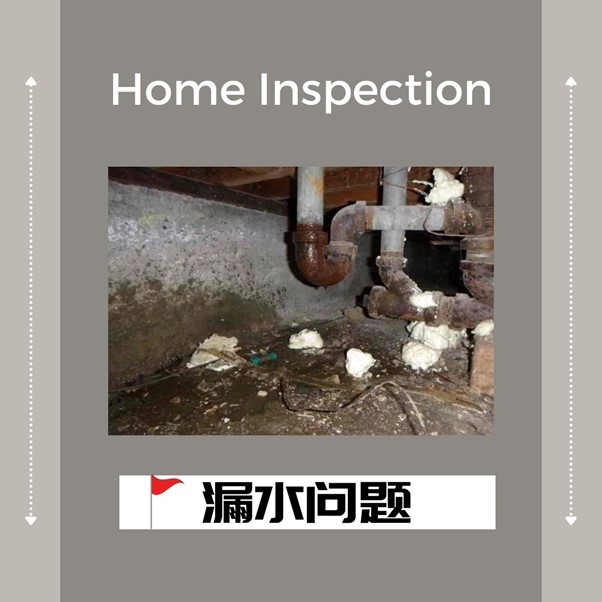
2. Structural Issues: Every residential building has a foundation, walls, floors, and a roof. Damage to any of these critical components is a major red flag. For instance, the image below shows damaged wood in the crawlspace corner, affecting foundation stability.
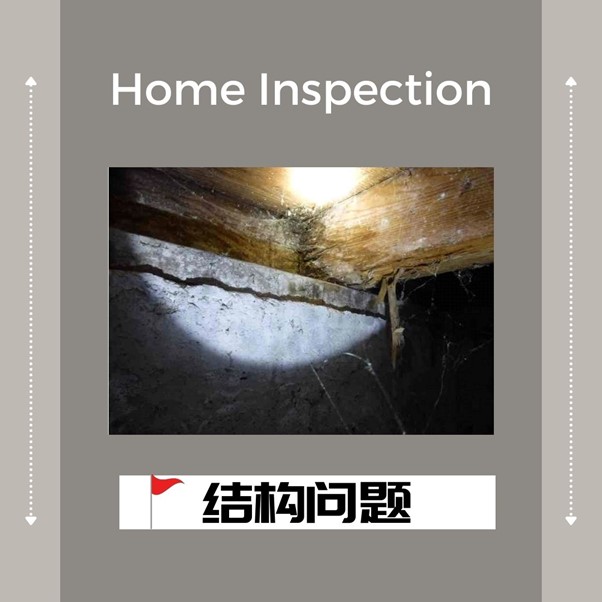
Another image shows a sinking pier, which supports vertical pressure, leading to uneven floors. Fixing structural issues can be costly.

3. Drainage Slope Around the House**: The slope around a house should direct water away, not towards it. As shown in the image below,

a slope that directs rainwater towards the house can create a virtual underground pool around the foundation. This increases the risk of erosion and structural issues due to soil loosening and potential foundation movement.
4. Roof and Attic Condition: Pay attention to signs of mold, water stains, pests, and termite damage in the attic and roof beams. Check for water stains, sagging areas, and estimate the remaining lifespan of the roof. Ensure gutters are not clogged with leaves, as severe clogs can lead to rot in the eaves and fascia boards.

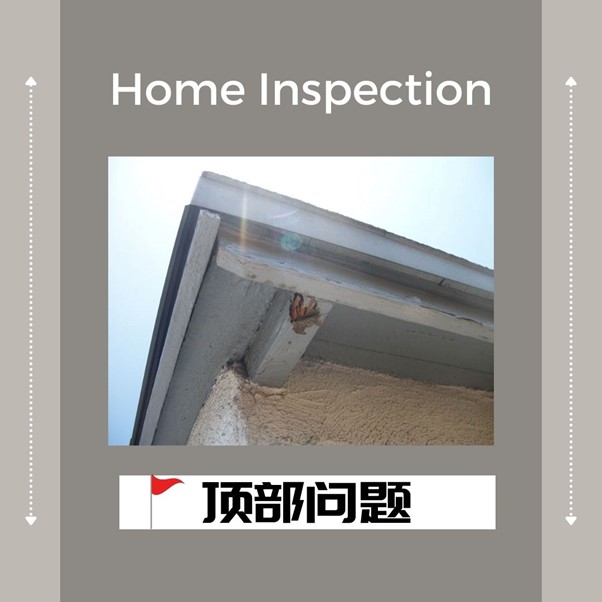
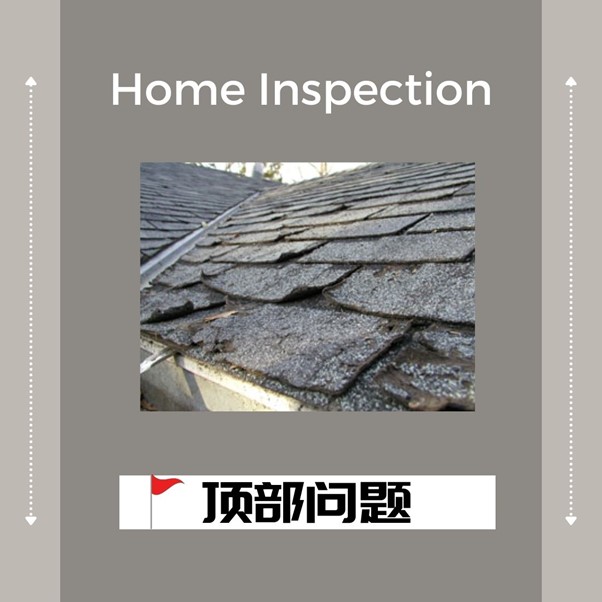
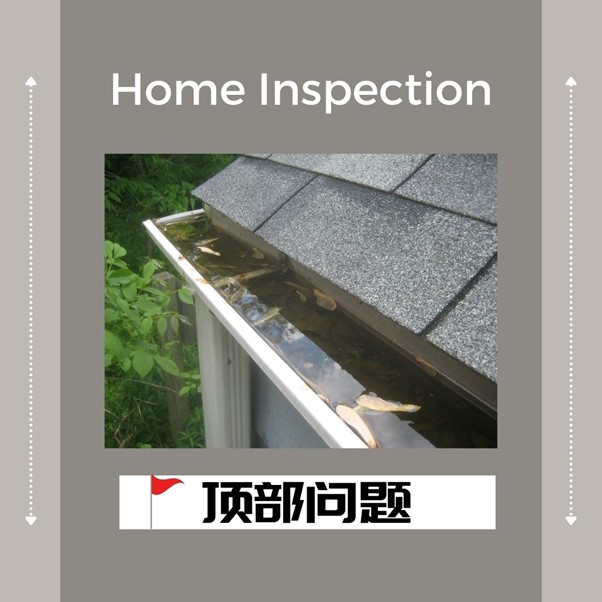
5. Heating and Cooling Systems**: This includes water heaters, air conditioners, and other HVAC components. Sometimes, the issues are unusual, such as the image below showing a disconnected heating duct in the crawlspace. Whether it’s abandoned or still in use needs further inspection to determine if it should be removed or reattached. Safety issues, like the water heater vent being too close to combustible materials, pose fire hazards.

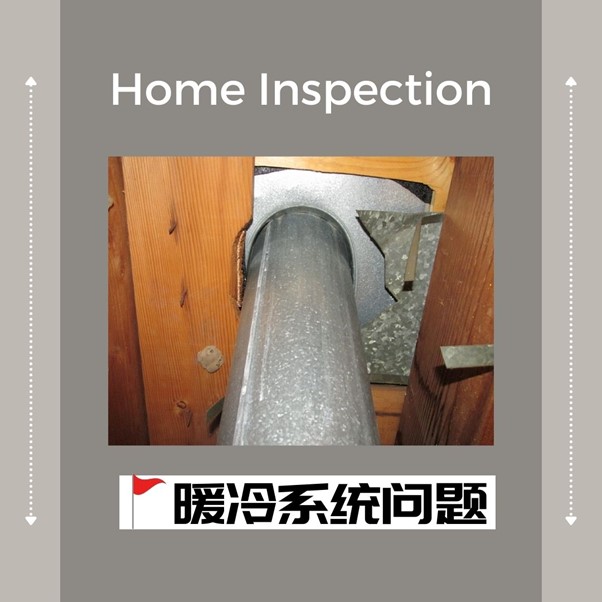
While these five red flags are critical, they are not the only concerns. Other potential issues include termite damage, fire safety compliance in garage walls, rodent activity in the foundation, and mold in wall corners. Carefully read every detail in the inspection report. If you encounter anything you don’t understand, consult your real estate agent for clarity. They can help you identify critical red flags, ensuring you make a well-informed purchase.